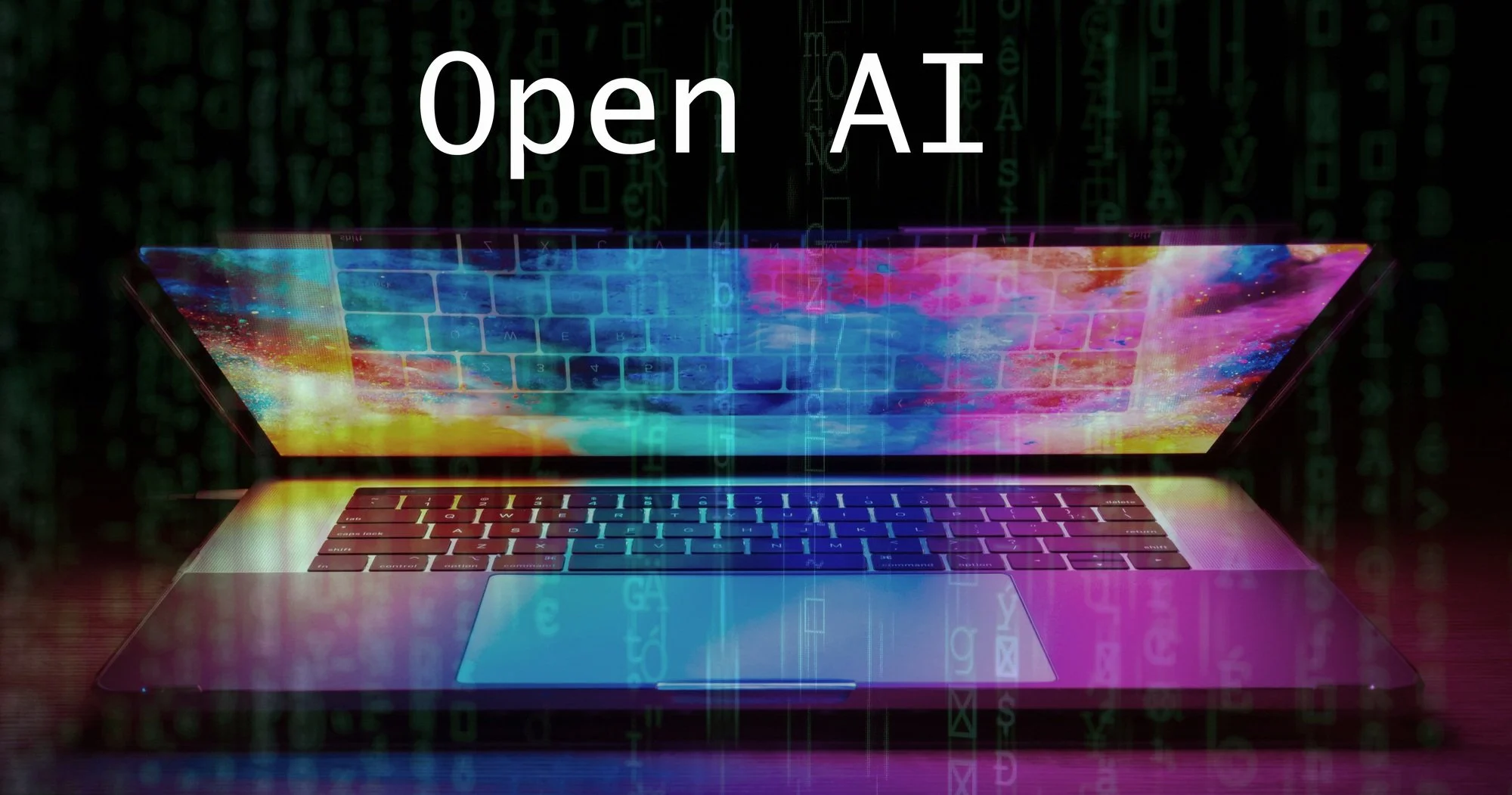When we released "AI for the Rest of Us" two years ago, we stood in a liminal space, observing as artificial intelligence seemed poised to transform not only Silicon Valley but the entirety of human experience. In hindsight, we recognize that our predictions have been realized in both expected and surprising ways.
Read More“Blockchain is one of the major tech stories of the past decade,” said a December, 2022 McKinsey article, “What is Blockchain.” “Everyone seems to be talking about it — but beneath the surface chatter there’s not always a clear understanding of what blockchain is or how it works. Despite its reputation for impenetrability, the basic idea behind blockchain is pretty simple,” namely: “Blockchain is a technology that enables the secure sharing of information.”
Read More“The Coming AI Economic Revolution: Can Artificial Intelligence Reverse the Productivity Slowdown?” was recently published in Foreign Affairs by James Manyika and Michael Spence, two authors I’ve long admired. James Manyika is senior VP of research, technology and society at Google, after serving as chairman and director of the McKinsey Global Institute from 2009 to 2022. Michael Spence, a co-recipient of the 2001 Nobel Prize in Economics, is professor in economics and business at NYU’s Stern School of Business, and was previously professor of management and dean of the Stanford Graduate School of Business.
Read More“Since the 1980s, open source has grown from a grassroots movement to a vital driver of technological and societal innovation,” said “Standing Together on Shared Challenges,” a report published by Linux Foundation Research in December of 2023. “The idea of making software source code freely available for anyone to view, modify, and distribute comprehensively transformed the global software industry. But it also served as a powerful new model for collaboration and innovation in other domains.”
Read More“Rapidly transforming, but not fully transformed - this is our overarching conclusion on the market, based on the fourth edition of our State of AI in the Enterprise global survey,” said Becoming an AI-fueled organization, the fourth survey conducted by Deloitte since 2017 to assess the adoption of AI across enterprises. “Very few organizations can claim to be completely AI-fueled, but a significant and growing percentage are starting to display the behaviors that can get them there.”
Read MoreIn his 1950 seminal paper, Computing Machinery and Intelligence, Alan Turing proposed what’s famously known as the Turing test, - a test of a machine’s ability to exhibit intelligent behavior indistinguishable from that of a human. If a human at a keyboard couldn’t tell whether they were interacting with a machine or a human, the machine is considered to have passed the Turing test. “Ever since, creating intelligence that matches human intelligence has implicitly or explicitly been the goal of thousands of researchers, engineers and entrepreneurs,” wrote Erik Brynjolfsson, - Stanford professor and Director of the Stanford Digital Economy Lab, - in a recent article, The Turing Trap: The Promise & Peril of Human-Like Artificial Intelligence.
Read MoreArtificial intelligence has emerged as the defining technology of our era, as transformative over time as the steam engine, electricity, computers, and the Internet. AI technologies are approaching or surpassing human levels of performance in vision, speech recognition, language translation, and other human domains. Machine learning (ML) advances, like deep learning, have played a central role in AI’s recent achievements, giving computers the ability to be trained by ingesting and analyzing large amounts of data instead of being explicitly programmed.
Read More







